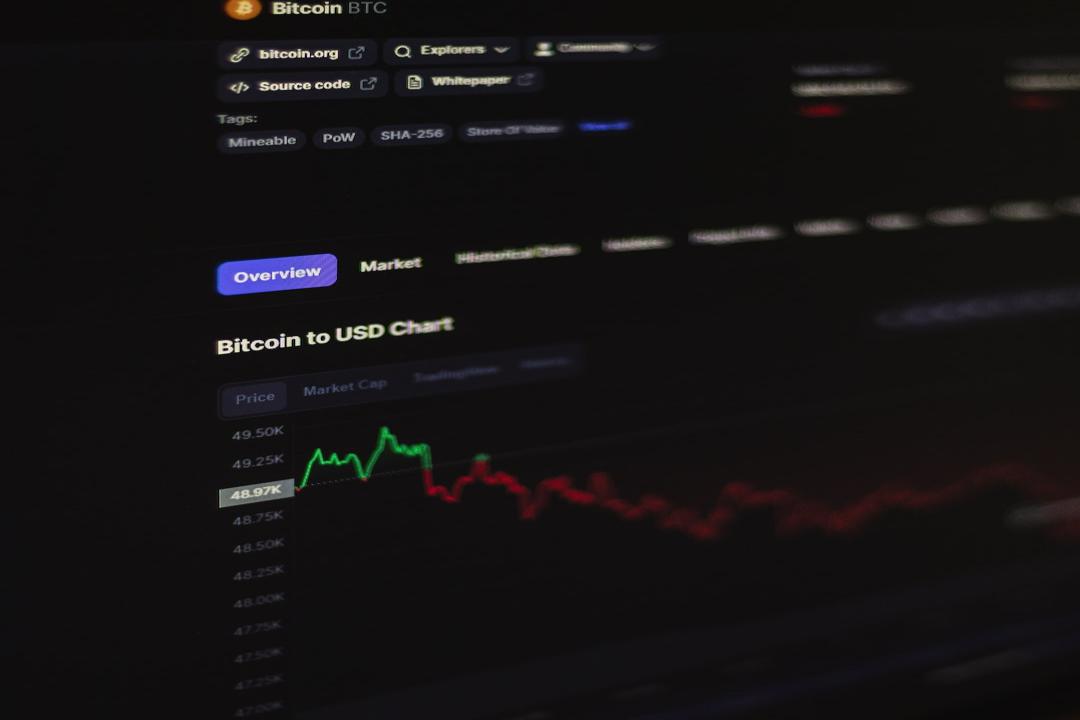On July 5, Bitcoin mining encountered a significant event as its mining difficulty plummeted by over 5%, hitting a quarterly low of 79.50 terahashes (79.5T). This reduction stands as the most substantial since March, when the difficulty briefly slipped below 80T.
Between March and May, the difficulty soared, peaking at an all-time high of 88.10T, before gradually subsiding to its current level at the time of writing.
Bitcoin mining difficulty is a metric measured in hashrate, indicating the number of attempts a mining machine must make to solve the cryptographic puzzle required to unlock new bitcoins. Hashrates are recalculated every 2,016 blocks, roughly every two weeks. Historically, hashrates have tended to increase month over month, barring a few exceptions.
In 2014, for instance, hashrates were around 1.1 gigahashes, low enough for most desktop PCs to engage in Bitcoin mining. As of July 6, 2024, the hashrate remains stable at 79.5T until the next difficulty adjustment.
Under the current difficulty rating of 79.5T, mining pool F2Pool estimates that an ASIC rig with an efficiency of 26 watts per terahash or better would be profitable, provided Bitcoin’s price stays above $54,000.
Should Bitcoin’s price decrease, more efficient rigs would be necessary to maintain profitability. Conversely, stable conditions would be favorable for major miners, particularly in regions where energy subsidies support mining operations.

